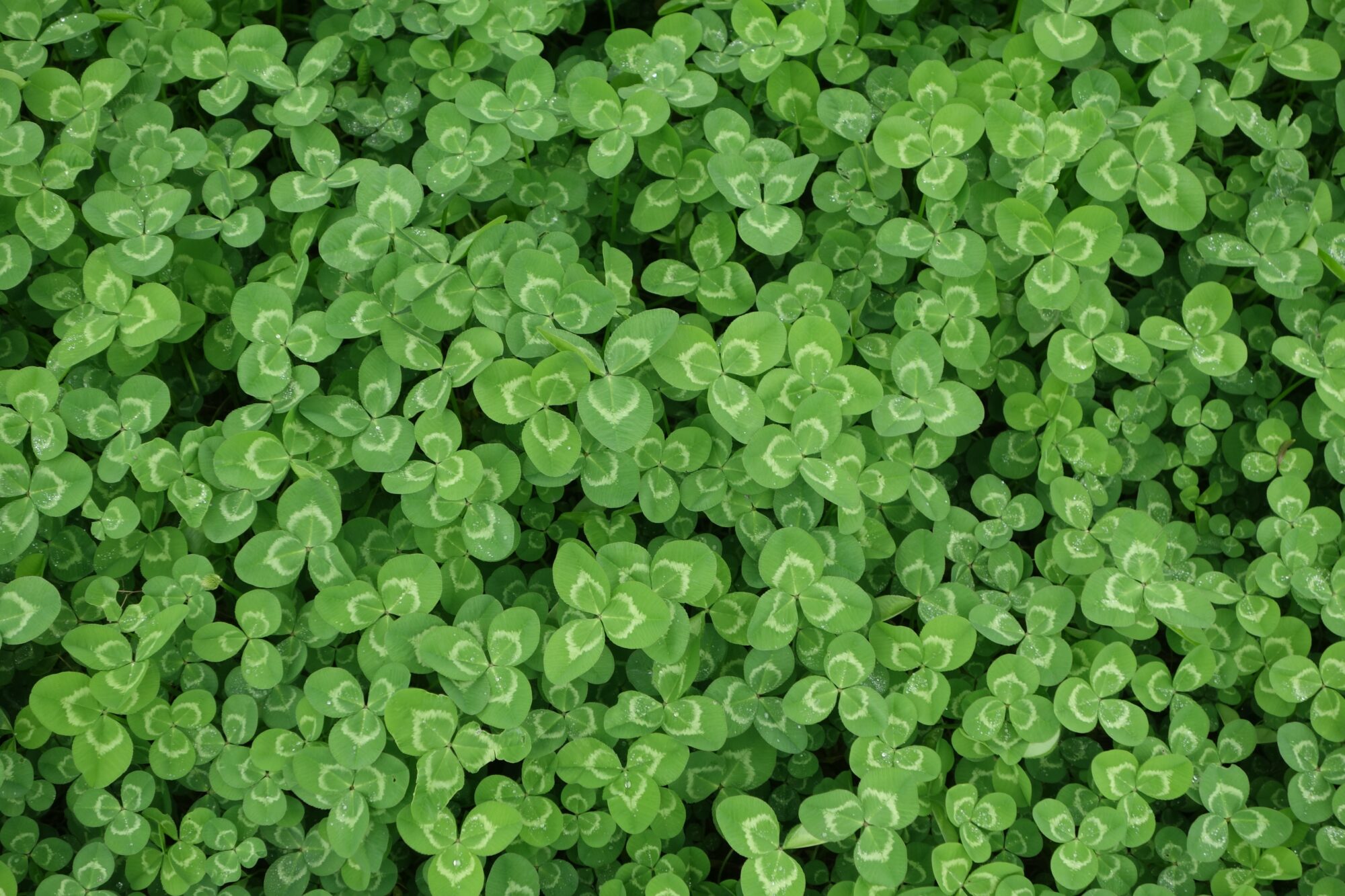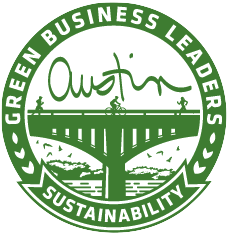Learning Lab Education Partner EcoRise collaborated with the Biomimicry Institute to create a new curricular program, “Biomimicry and Science: Applying Nature’s Strategies” for high school students. Biomimicry is an approach to innovation that seeks sustainable solutions to human challenges by emulating nature’s time-tested patterns and strategies.
The program includes 23 lessons for grades 9–12 that emphasize real-world applications, and the “Biomimicry Design Challenge” module is available for free, so check it out now.
The authors of “Biomimicry and Science” share why teaching and learning with biomimicry is a win-win for students and teachers:
How does “Biomimicry and Science” engage students in learning and the world around them?
This curriculum gets students thinking differently about nature and what we can learn from its examples. Students explore a variety of science concepts through the lens of biomimicry and begin to see how nature’s “technology” is applicable to human design. Then, they take on the role of innovators in a design challenge and experience what it’s like to use a biomimicry design process to develop sustainable solutions to a problem.
Why is biomimicry a good lens for teaching science?
Biomimicry is a fascinating “hook” that can get students interested in exploring and understanding the natural world. The compelling narratives and fascinating natural phenomena behind biomimetic innovations provide a refreshing point of entry into many of the core scientific concepts educators are already teaching.
If you only have time right now to check out one lesson, which one should it be?
“Physics Lesson 2: Built for Brilliance: Structural Color”: This lesson brings physics to life, showing how the properties of light are manipulated in nature to create dazzling, nontoxic colors, and how innovators are applying the same principles in new technologies.
Click here to explore the Biomimicry and Science course.
This blog post written by Jenny Wiedower was originally published on USGBC’s Center for Green Schools blog.




